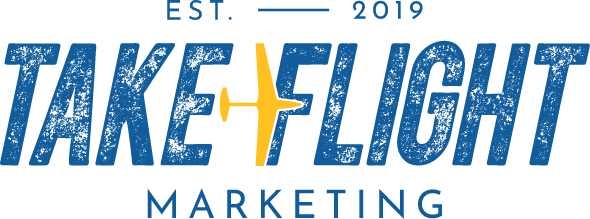Using AI for Smarter Paid Social Attribution
Let’s be honest, most paid social reporting is a hot mess.
Between privacy updates, iOS tracking limits, and platform bias, it can feel like you’re guessing which ad actually made someone buy.
You look at your Meta dashboard, your Google Analytics, and your Shopify data, and they all tell completely different stories.
That’s where AI-powered attribution tools like Northbeam and Triple Whale come in. They are not magic bullets, but they are clarity tools. They stitch your fragmented data back together, layer on machine learning, and show you what’s really driving ROI.
In 2025, smart marketers aren’t just scaling ad budgets. They’re scaling signal quality, and AI attribution is the key.
Strategy 1: Use AI Attribution to Stop Guessing and Start Seeing
The first step is replacing hope with evidence.
Old-school last-click attribution gives 100% of the credit to the final click before a purchase. It’s like giving the trophy to the last runner in a relay race and ignoring everyone else who passed the baton.
AI tools like Northbeam and Triple Whale give you a panoramic view. They use multi-touch or fractional attribution models to see how each touchpoint, from a TikTok scroll to an Instagram story to a retargeting ad, contributes to a conversion.
Northbeam lets you compare first-touch, linear, and time-decay models side by side so you can finally understand the journey, not just the destination.
Triple Whale adds predictive weighting using AI to dynamically adjust credit based on real-world performance data.
The result is that you can stop over-crediting retargeting campaigns and start rewarding the channels that actually built the demand.
Pro tip: Don’t choose one “perfect” model. Run multiple models in parallel and compare results. The truth usually lives somewhere in between.
Strategy 2: Validate What the Model Says with Incrementality Tests
Even the smartest model can only predict, not prove. That’s where incrementality testing earns its keep.
Platforms like Triple Whale make it easy to set up holdout tests or geo-split experiments so you can see the real lift from your ads.
Here’s how it works:
You expose one audience to your campaign, hold another group back, and measure the difference in conversions. The gap between those two numbers is your incremental lift, the impact your ads truly created.
Northbeam supports similar experimentation frameworks, giving you a sanity check on what the model thinks versus what reality shows.
When you feed that test data back into your attribution model, you’re not just looking at modeled credit. You’re looking at proven causation.
Why it matters:
Because sometimes, your “best performing ad” isn’t actually performing. It’s just claiming credit for traffic that would’ve converted anyway. Incrementality keeps you honest.
Strategy 3: Build a Clean Data Layer (or Prepare for Chaos)
You can’t expect accurate attribution if your data is a mess.
Both Northbeam and Triple Whale are only as good as the inputs they receive. That’s where a unified data layer comes in.
That means:
Using a server-side tracking system like Elevar or Littledata to clean and standardize events before they hit your attribution tool.
Enforcing consistent UTM conventions and naming hierarchies so your campaigns don’t look like alphabet soup.
Leveraging identity stitching so one user’s journey across devices actually looks like one person, not five strangers.
When your data is harmonized, your AI model can finally connect the dots. When it’s not, you’re just polishing bad data.
Think of it like flying a plane: You wouldn’t trust your instruments if half the gauges were broken. Attribution is your flight dashboard. Make sure the sensors are calibrated.
Action Steps: Your AI Attribution Flight Plan
Audit your tracking setup
Look for broken pixels, missing UTM data, and duplicate events. You can’t fix what you can’t see.Pick your platform(s)
Northbeam is ideal for deeper modeling. Triple Whale wins for usability and e-commerce integration. Some brands use both.Get your data house in order
Set up server-side event tracking, and establish a consistent naming convention.Run multiple attribution models
Test first-touch, last-touch, and fractional models, then compare.Validate with experiments
Run holdout or geo-split tests to check your model’s accuracy.Feed insights back into your media strategy
Adjust budgets weekly based on what’s truly incremental, not just what looks good in-platform.Iterate relentlessly
Attribution isn’t a “set and forget” process. Re-train models, test often, and adapt as your funnel evolves.
Ready to See What Your Data Is Really Telling You?
If your paid social results feel like guesswork, it’s time for clarity.
At Take Flight Marketing, we help brands cut through the noise, set up accurate AI-driven attribution systems, and turn messy data into confident, actionable decisions.
Whether you’re scaling your Meta ads or testing new platforms, we can help you identify what’s truly moving the needle.
Book a free consultation today to learn how better attribution can help you scale smarter, not just spend more.
